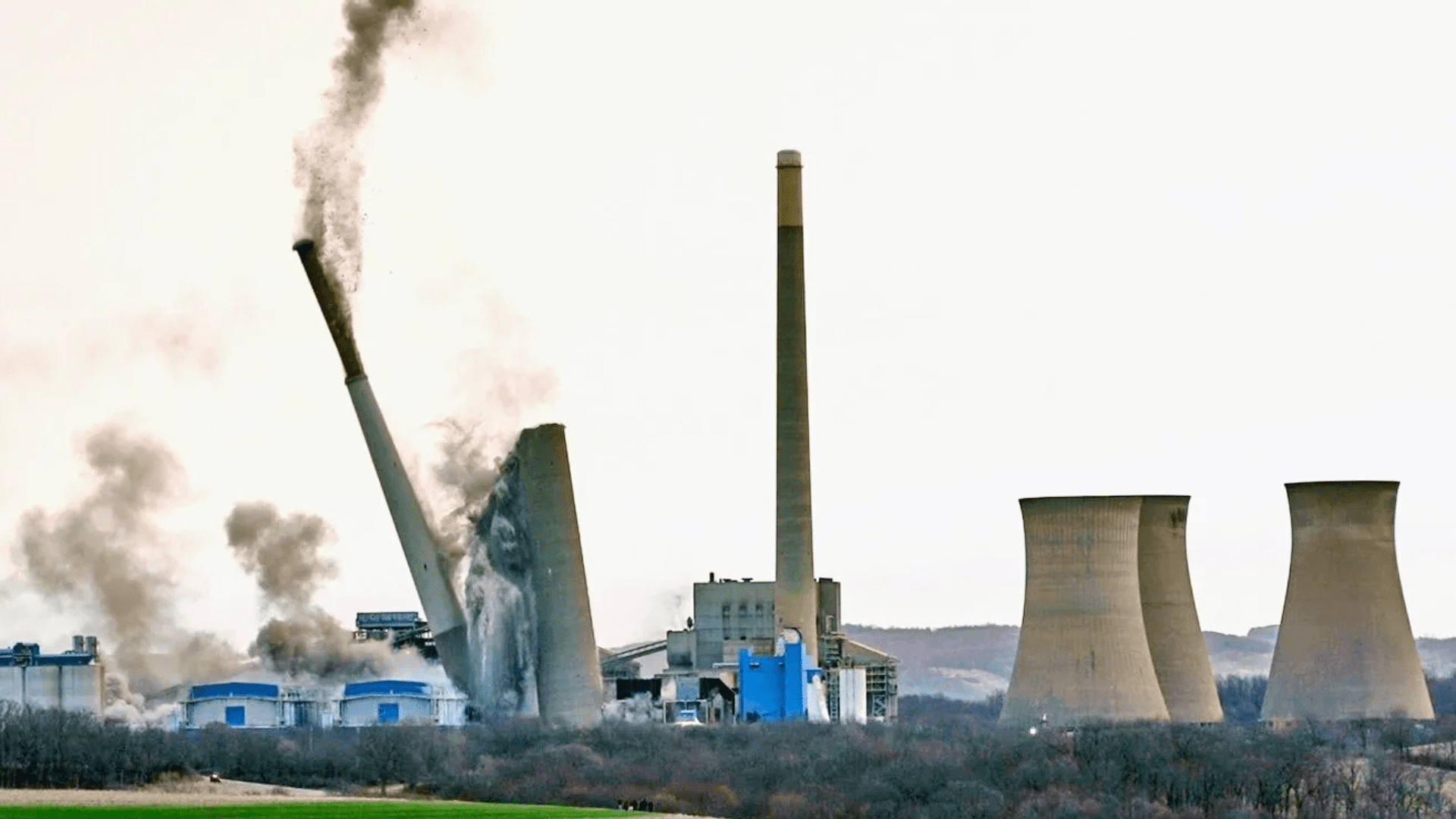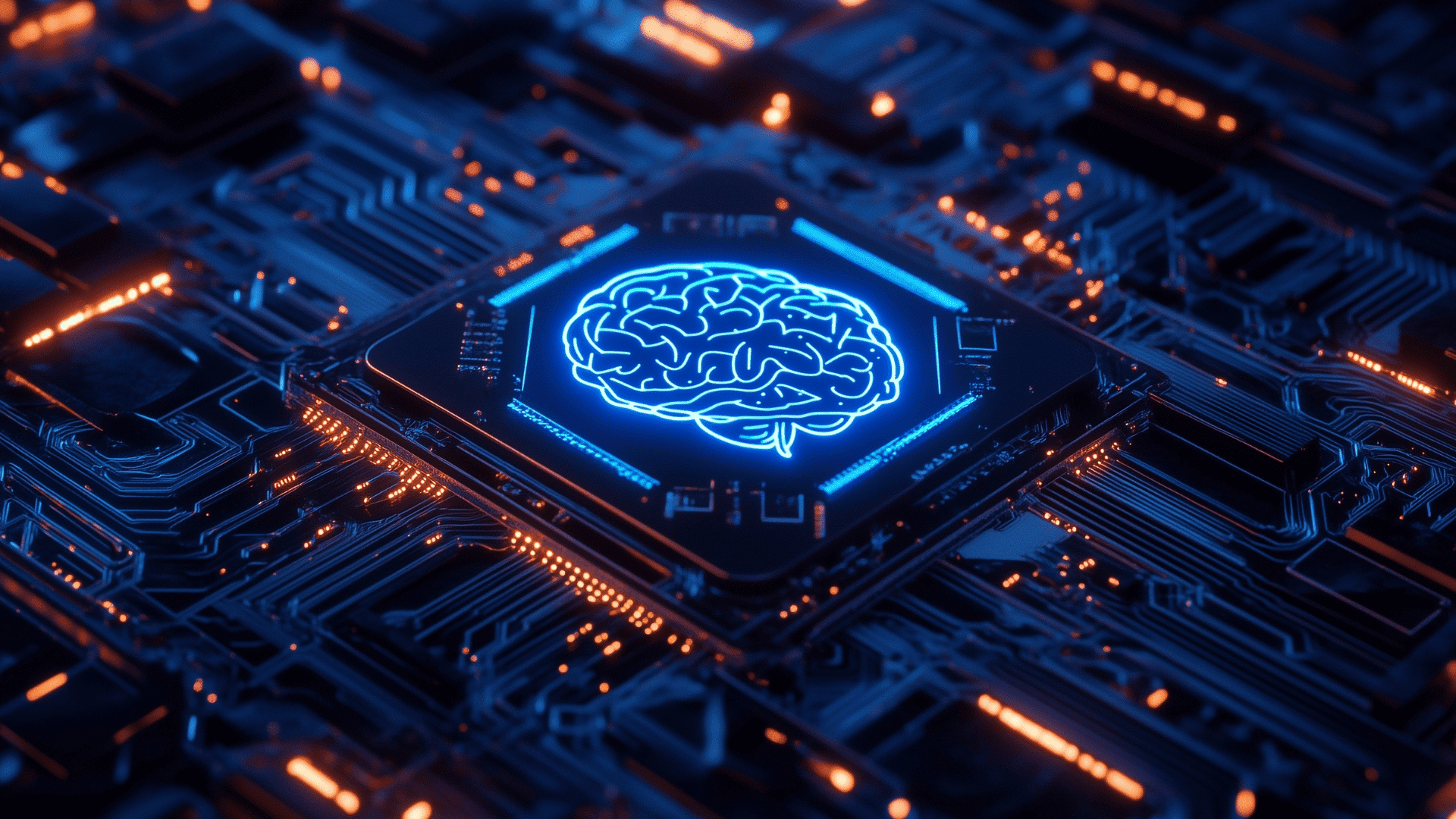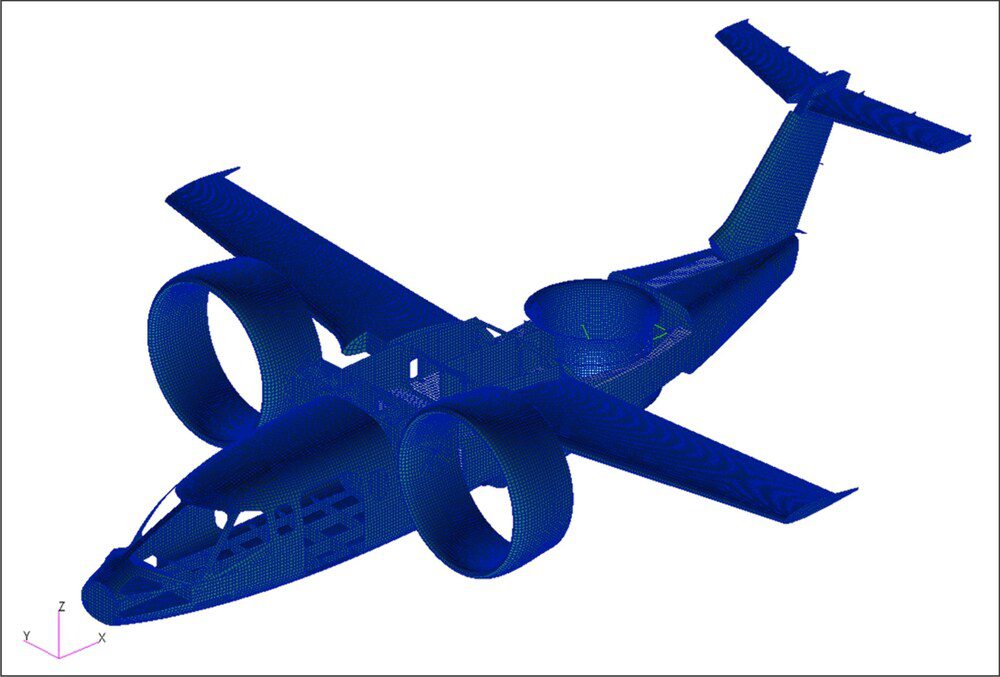Over the years, Pixar has created some of the most memorable and iconic animated movies ever, from Pixar’s first feature film, “Toy Story,” to instant classics like “Luca.” The list goes on and on. However, it’s no easy task to create these movies. The Carnegie Science Center in Pittsburgh, Pennsylvania, takes visitors behind the scenes and shows them the science behind Pixar.
Interactive Learning
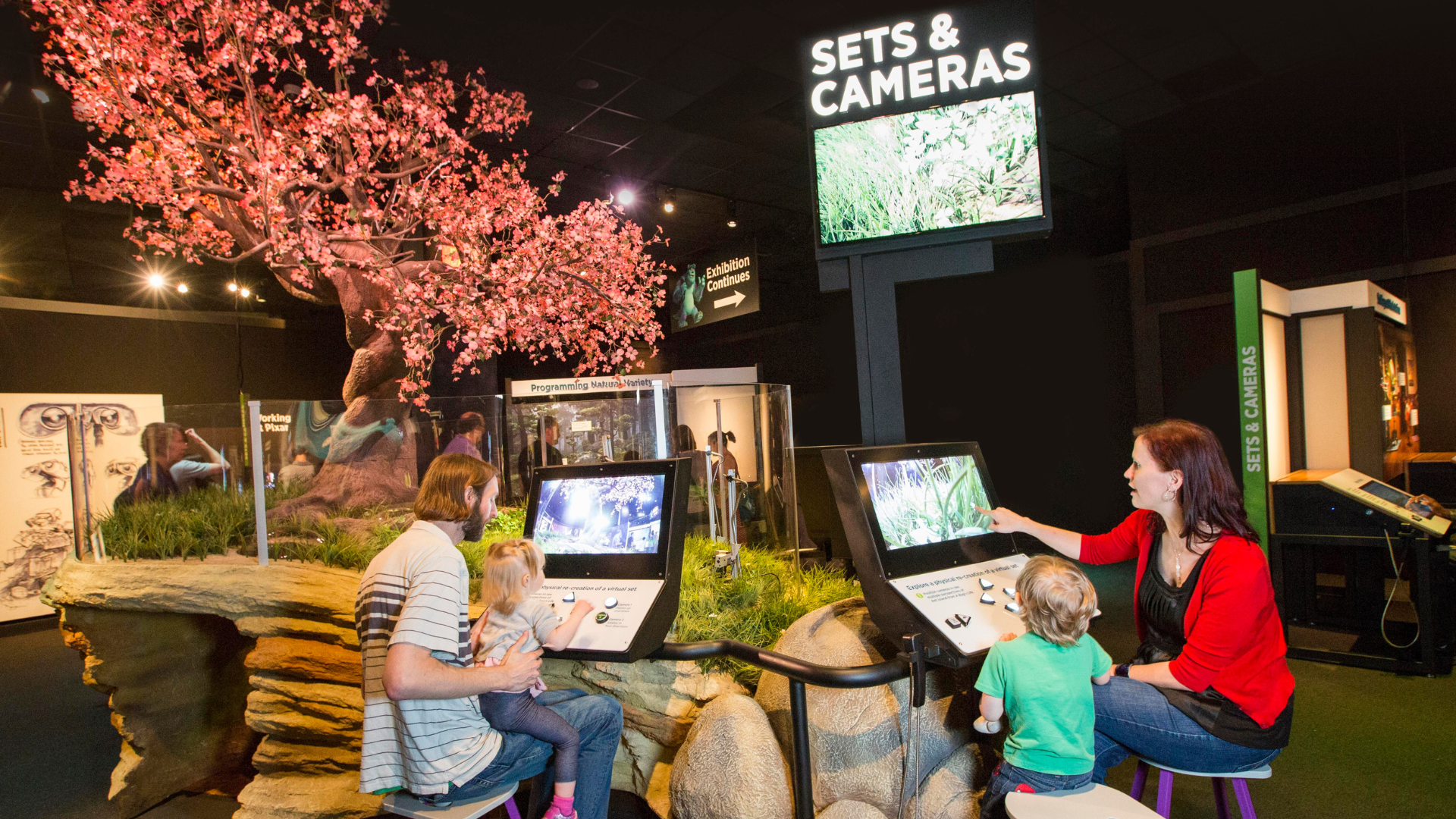
Visitors can explore the magic behind their favorite animated films through interactive workshops and exhibits. The traveling exhibit allows people to see science in their everyday lives.
“It really walks the visitors through the process by which movies by Pixar are created,” said Jason Brown, the Henry Buhl, Jr., Director at the Carnegie Science Center. “It’s a multi-step process that goes through everything from the ideation, to the storyboarding, to the rigging, to the movement, to the rendering.”
The Science Behind Pixar traveling exhibition allows you to see the process through the lens of classic animated films. According to Brown, the Pixar traveling exhibit is a little different from others they have showcased. He said this one is more interactive and is all about doing and seeing the things that Pixar animators do every day.
“As you’re doing it, you’re actually hearing from those Pixar people about what their job is and how they got there.”
Promoting Science
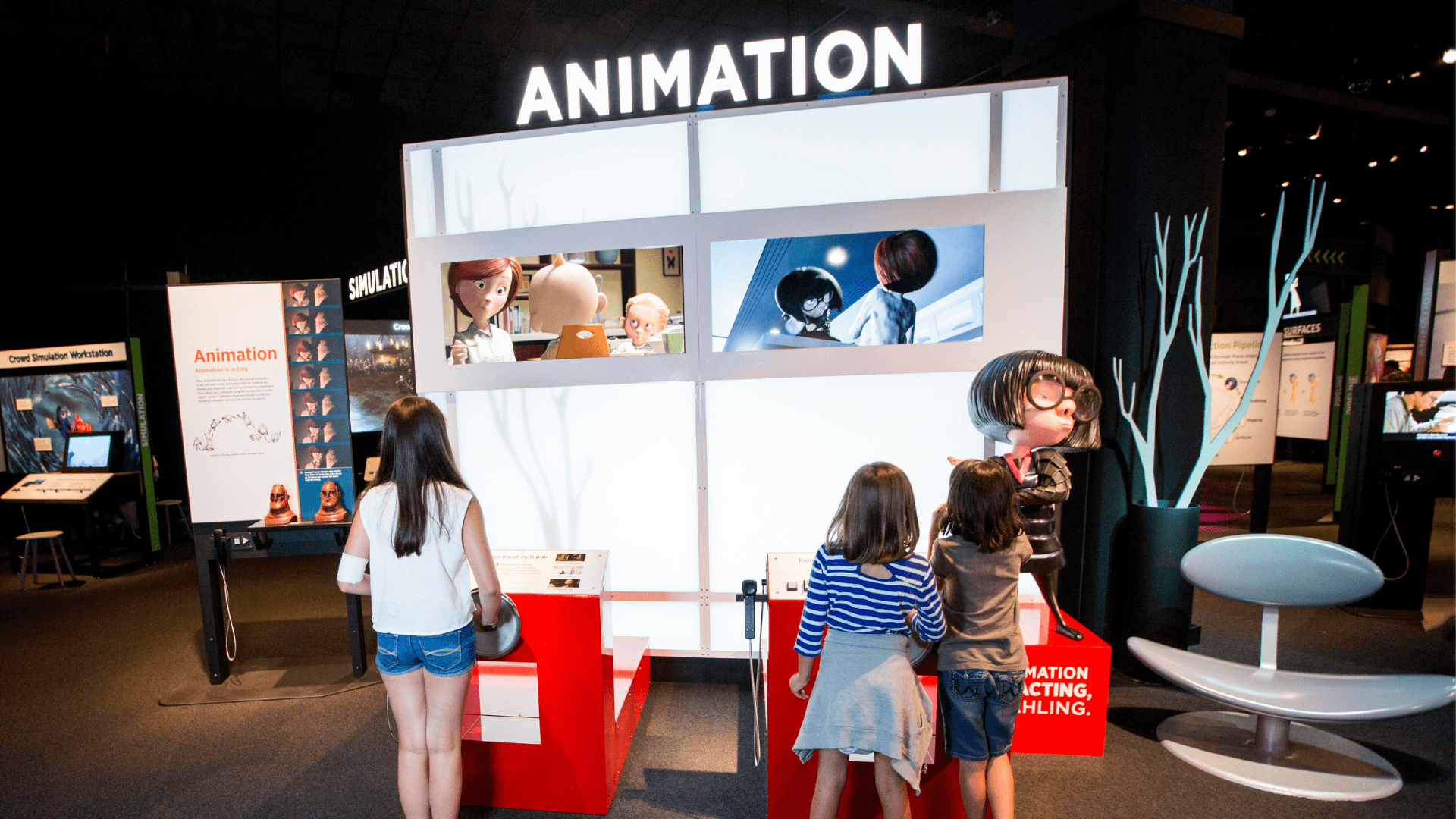
Different factors go into creating an animated film. Unlike real movies, animated films don’t have natural elements. For example, animators must create gravity and how the characters react to it. Carnegie Science Center’s interactive exhibit allows visitors to adjust those factors to see how they change.
Brown says the science center’s Pixar exhibit is a good example of how STEM is for everyone. He said, “I think there is a misconception that STEM means you are an engineer who’s designing a machine of some sort or you’re doing a very specific thing.” However, that is not the case in his eyes. Brown believes it’s much more inclusive than that. “If you think of movies as art, well, this isn’t happening without STEM skills,” Brown said. “STEM is art, and art is STEM.”
Additionally, the Pixar exhibit highlights the importance of technology in our lives. Animated movies from 50 years ago were animated by hand. Because of technology today, movies are animated and filmed completely differently. Brown said, “Everything is done using computers and computer modeling.”
Interactive Exhibits

The Science Behind Pixar exhibition includes over 50 interactive and hands-on displays. It’s in a huge gallery that spans 12,000 square feet. However, since The Science Behind Pixar is a traveling exhibit, it won’t be at the science center forever. But, don’t worry, visitors have until January 5, 2025 to check it out.
While it includes nostalgic classics and modern favorites from Pixar, it’s much more than that.
“It’s not just about the movies. It’s not just about the characters or the storylines,” said Brown. “It’s about how they were created.”



